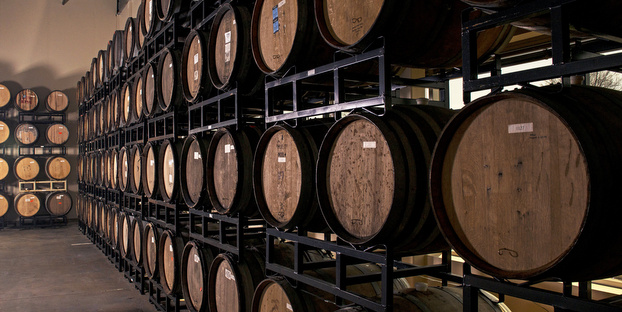
Barrel-aging is big business for craft breweries and usually part of a subtle expansion. Even though barrel-aged beers are usually short-runs or small batches, with 6,600+ breweries, procuring barrels isn’t exactly easy. Space can also be an issue. This is why more breweries are turning to alternative products like chips and cubes to impart that barrel-aged essence in a shorter time and with less hassle.
For those interested in the differences between new barrel chips on up to the tried-and-true barrel itself, as well as the difference between American and French Oak, we reached out to Matt Albrecht, owner and founder of River Drive Cooperage & Millwork to understand these options a bit better.
American vs. French Oak
American Oak:
- Traditionally air dried for 12 to 18 months prior to use
- Usually charred inside
- Commonly used for bourbons first
- Imparts flavors that are more earthy, classic “oaky” and smoky
French Oak:
- Traditionally air dried for 18 to 24 months prior to use
- Usually toasted inside
- Commonly used for wines first
- Imparts flavors that are more mellow, smooth and sweet
Barrels
Barrels are one of the longer tried-and-true ways to impart and evolve flavors in your beer, wine and spirits. Barrels provide a uniform toast and char, slow and steady flavor evolution, as well of characteristics from micro oxidation and flavors from the barrels previous inhabitants. They are a versatile, temporary and stackable storage vessel that can compartmentalize large batches, allowing for controlled and custom blending.
Barrel chips
These are fresh, wet chips made from high-quality barrels that were previously used for things such as bourbon, rum, wines and more. Barrel chips can be added to anything from a used barrel to a large tank and are also a very fast and economical way to impart both spirit and wood profiles.
These barrels are disassembled, chipped and packaged in plastic pouches to maintain their character — with many of the benefits of barrel aging — sans barrel. Since the entire barrel is used, chips are a blend of toasted, charred and raw wood, all infused with the barrel’s previous contents. Barrel chips come in French or American oak.
RELATED: How to properly insure your barrel-aging program
New chips
These are chips made from new, never used French or American oak. The wood is still typically air seasoned (dried) for a period of time and then tested to specific toast levels, such as light, medium heavy, etc. New chips can be added to anything from a used barrel to a large tank and are a very fast and economical way to impart wood profiles.
However, due to their irregular size and thickness the toast levels of chips can also vary greatly. Imagine trying to cook an entire steak to a perfect “medium rare” when one end is 1/4-in. thick and the other is 1-in. thick. You can’t. One end will be well done while the other is rare and the middle is medium. One (previously) fine piece of meat, three completely different flavors.
It is also not uncommon for wood chips to be made from “scrap” — the pieces of wood not suitable for a barrel. This less desirable wood can sometimes create a less-than pristine impact in comparison to the superior quality wood that is preferred for barrels.
Cubes
Cubes are new oak with a uniform shape and size that allows for consistent toasting and dependable flavor evolution. Cubes are made from quality air seasoned wood and come natural or infused with spirits. Cubes can be added to anything from a used barrel to a large tank and are a consistent, reliable way to impart wood (and spirit) profiles. Cubes come in French or American Oak, with light, medium, medium plus or plus plus toast.
Spirals
This one didn’t come from Matt, but was featured on CBB in May. Introduced in Nashville at Brew Expo America, Spiritized Spirals come as a 4-ft long “Tank Pack” size, which treats a volume of 10 to 20 bbls of beer and creates whiskey barrel-like results without the space required of used barrels. The spiral-cut barrel alternative product is available in five different woods, four different toasts and one char level. With a wide variety of spirit options, such as bourbon, rye, scotch, cognac, brandy — even tequila — the number of wood-spirit combinations is virtually unlimited.

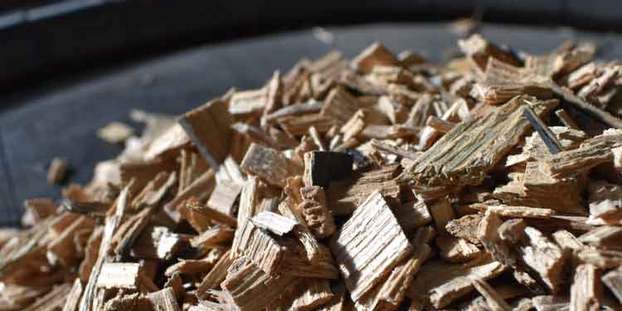
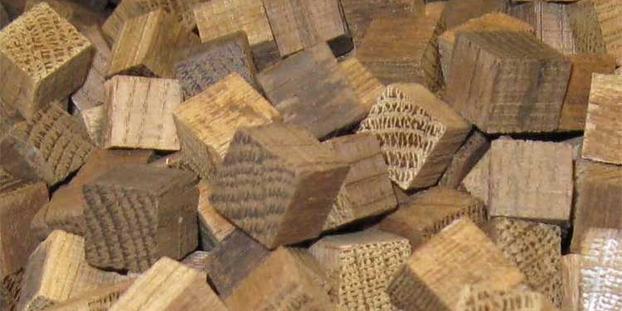
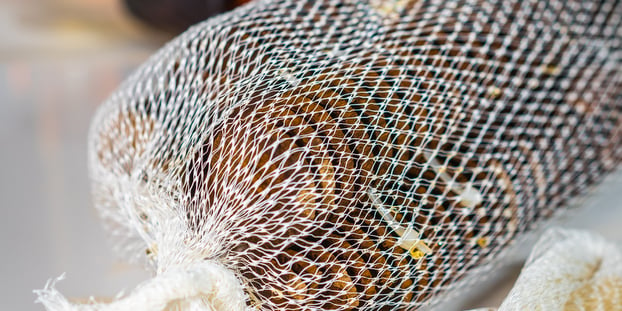
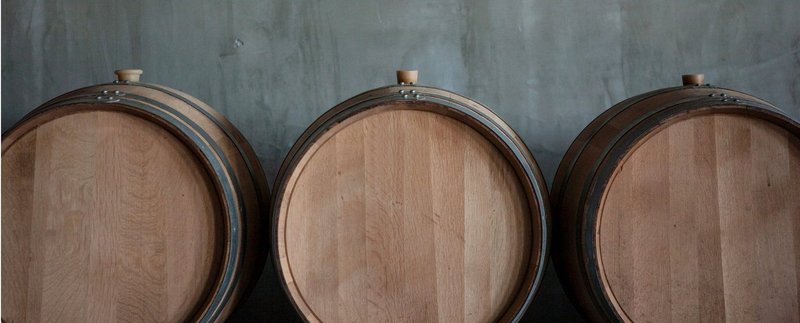
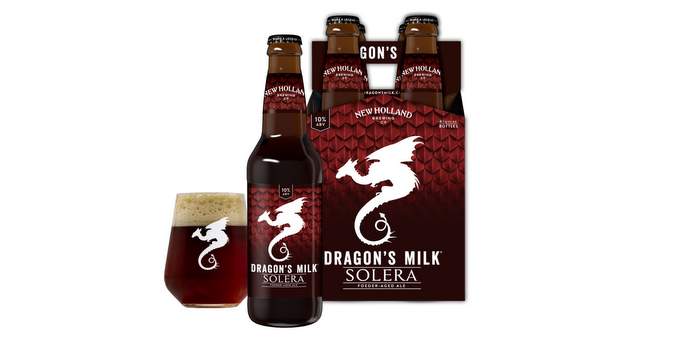
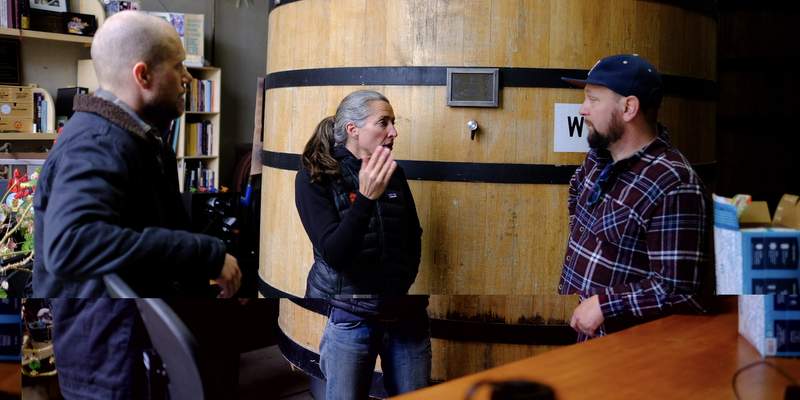
[…] О способах имитации эффекта «бочковой выдержки» пишет Крис Кроуэлл на сайте Craft Brewing Business. Pivo.by публикует […]